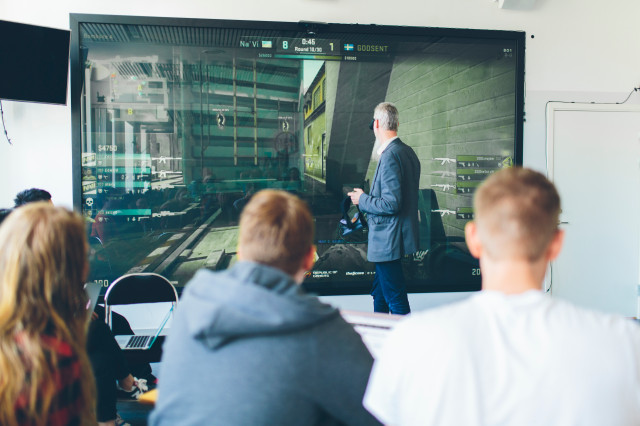Overview of the TCP/IP and OSI models, adressing, local and wide-area networks, routing protocols, transport protocols (TCP/UDP), switched and routed networks, name lookup, IPv6, network security and address translation. The course contains several guest lecturers and a thorough lab course.
Labs: TCP/IP, DNS, SMTP, HTTP, FTP.
After the course, the student should be able to:
- generally describe the architecture of the Internet, its services and protocols, including the administration and organization of global Internet resources, such as domain names, IP addresses and Internet standards.
- in technical detail explain the central protocols that constitute the Internet, including IP, UDP, TCP, ARP, ICMP, SNMP, DNS and SMTP.
- describe abstractions and principles for network design, including layering, the end-to-end principle, the hourglass model, encapsulation and multiplexing.
- describe how the procotols are implemented in end systems and routers. Explain how packet forwarding is acheived in a router, including routing, forwarding and error handling.
- assess different methods for naming, addressing, routing and error detection and how they are used in bridged and routed networks.
- in detail explain how reliability is provided by the Internet transport protocols such as TCP and SCTP. Describe algorithms for connection control, flow control, congestion control and error handling. The student should also be able to describe the protocol behaviour by studying a packet trace.
- in detail describe how name lookup on the Internet works and be able to configure a simple name server.
- describe security aspects within networking and how firewalls and address translation works and why they are necessary.
- on a general level describe how routing works internally, and between, autonmous systems, as well as explain how they most common VPN technologies work.
